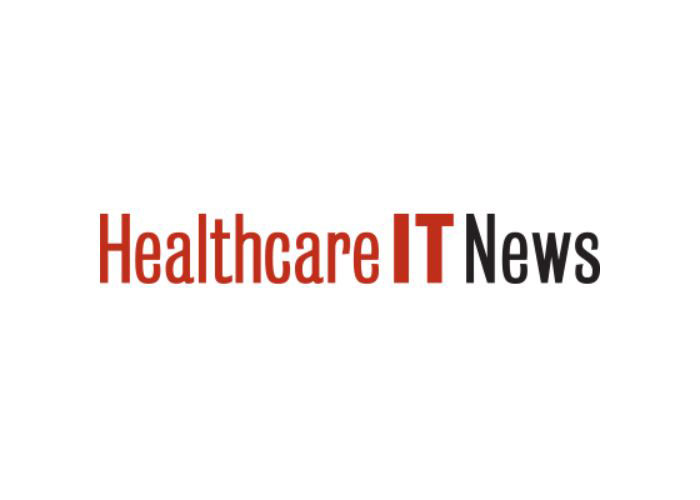
How AI could safeguard the doctor-patient relationship
While it’s normal for concerns to arise when new technologies such as AI are introduced into medicine, patients and providers should not worry that cross-population health disparities will be one unintended consequence of AI implementation.
That’s according to Prem Ramkumar, a resident physician in orthopedic surgery living in Cleveland, Ohio, who recently penned a commentary for Forbes pointing to evidence that, contrary to concerns, evidence suggests that AI “applications offer the prospect of improving the clinical practice of medicine while leveling the playing field by allowing doctors to spend more time with patients and leveraging tailored solutions to direct care plans.”
As Ramkumar sees it, the excitement surrounding AI in medicine “is not because it could replace physician tasks, but because it could replace non-clinical tasks by providing administrative support, automating redundancies in electronic medical records, provide tailored care to patients with differential needs, and even propose more equitable patient-specific payment models.”
Indeed, he notes, “with physicians spending only 27 percent of their time face-to-face with patients and more than 50 percent in front of a screen, there exists room and an overwhelming desire to automate redundant, non-clinical tasks while triaging clinical tasks to the medical team.”
In his view, there are three “pragmatic considerations that portend an optimistic future for AI in medicine.”
First, we have already been using the technology for over a decade. “We have only advanced with no sign of apocalyptic robot takeover. Imaging modalities have improved with machine learning-based alterations that produce organ-specific MRIs, among other breakthroughs.”
Second, “medicine is highly regulated and not quick to immediately introduce new drugs, products, or technologies. Moreover, buy in from the complicated relationship between patients, physicians, insurance companies, and hospital administrators is required to truly change clinical workflow, no matter how elegant or brilliant the idea seems.
Third, the history and physical will always reign supreme in dictating diagnoses and plans for the patient. If there’s one thing the machine needs, it’s data. Without the physician present as the gatekeeper and gatherer of the most valuable clinical data, there is no machine to guide clinical practice.”
While there’s a long tradition of fearing “takeover by robot” when it comes to new technology, Ramkumar points out that “in today’s practice of medicine, decisions are made after taking into account all available data: the history, the physical exam, the labs, the imaging, and the expertise of consultants. While ‘unchecked AI’ is a theoretical possibility, decision-making rarely hinges on a single data point.”
In short, he argues, “navigating electronic medical records will be key in reducing burnout and safeguarding the doctor-patient relationship. Finally, recognizing the opportunity to provide a patient-specific approach with all available data is more likely to result in mitigating, not exacerbating, disparities.”
You can read the original article by Dr. Prem Ramkumar on Healthcare IT News online:

